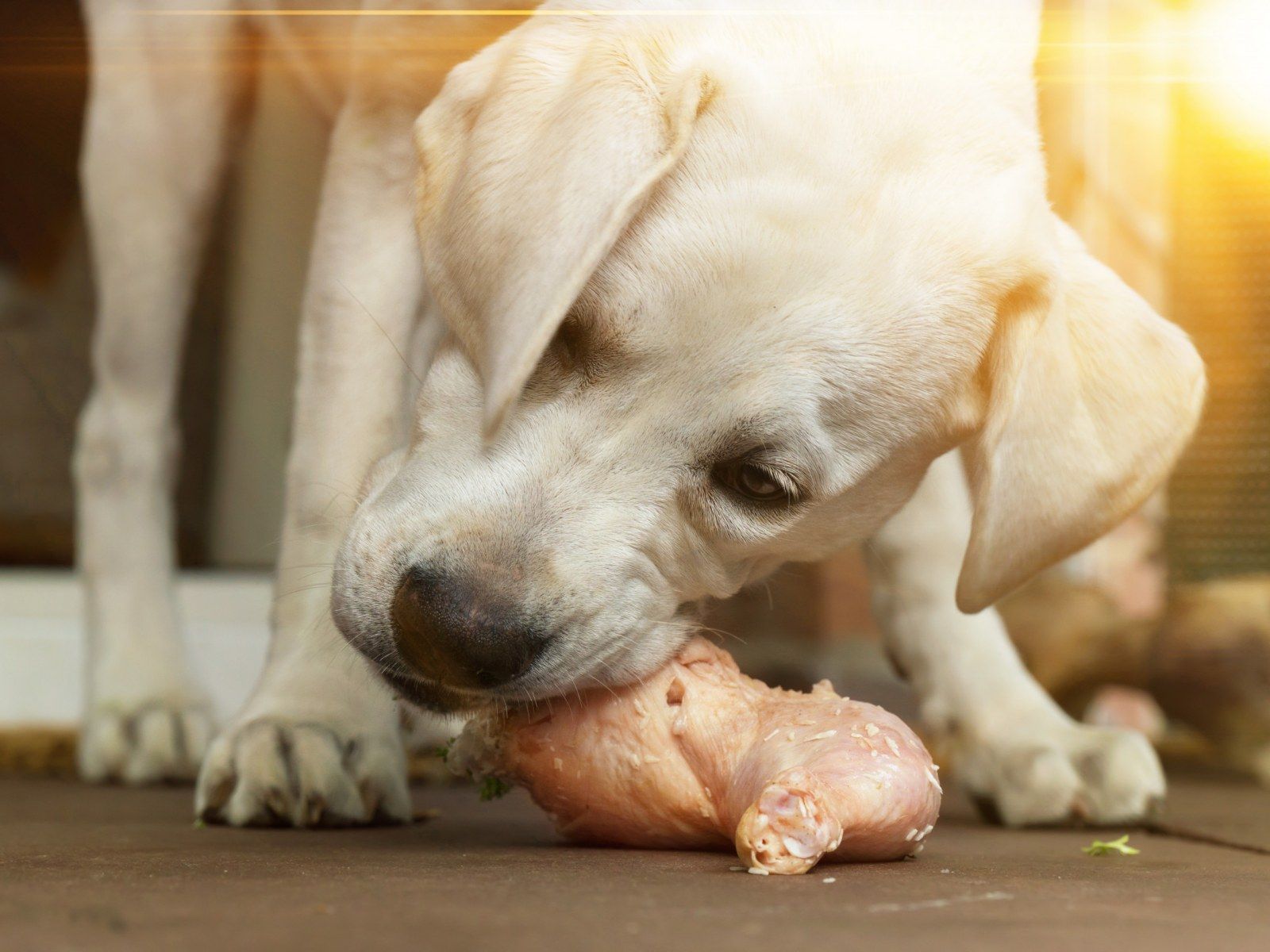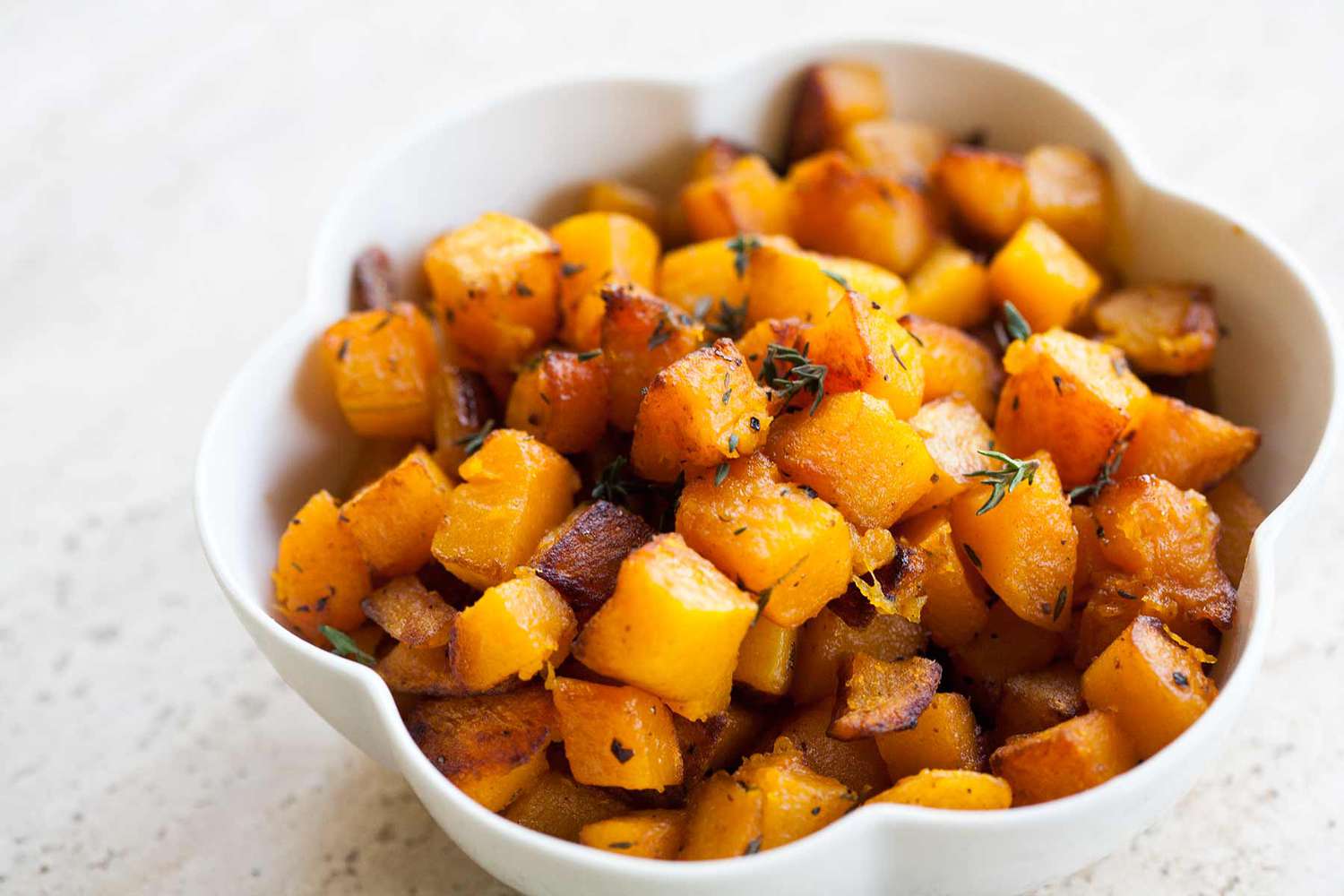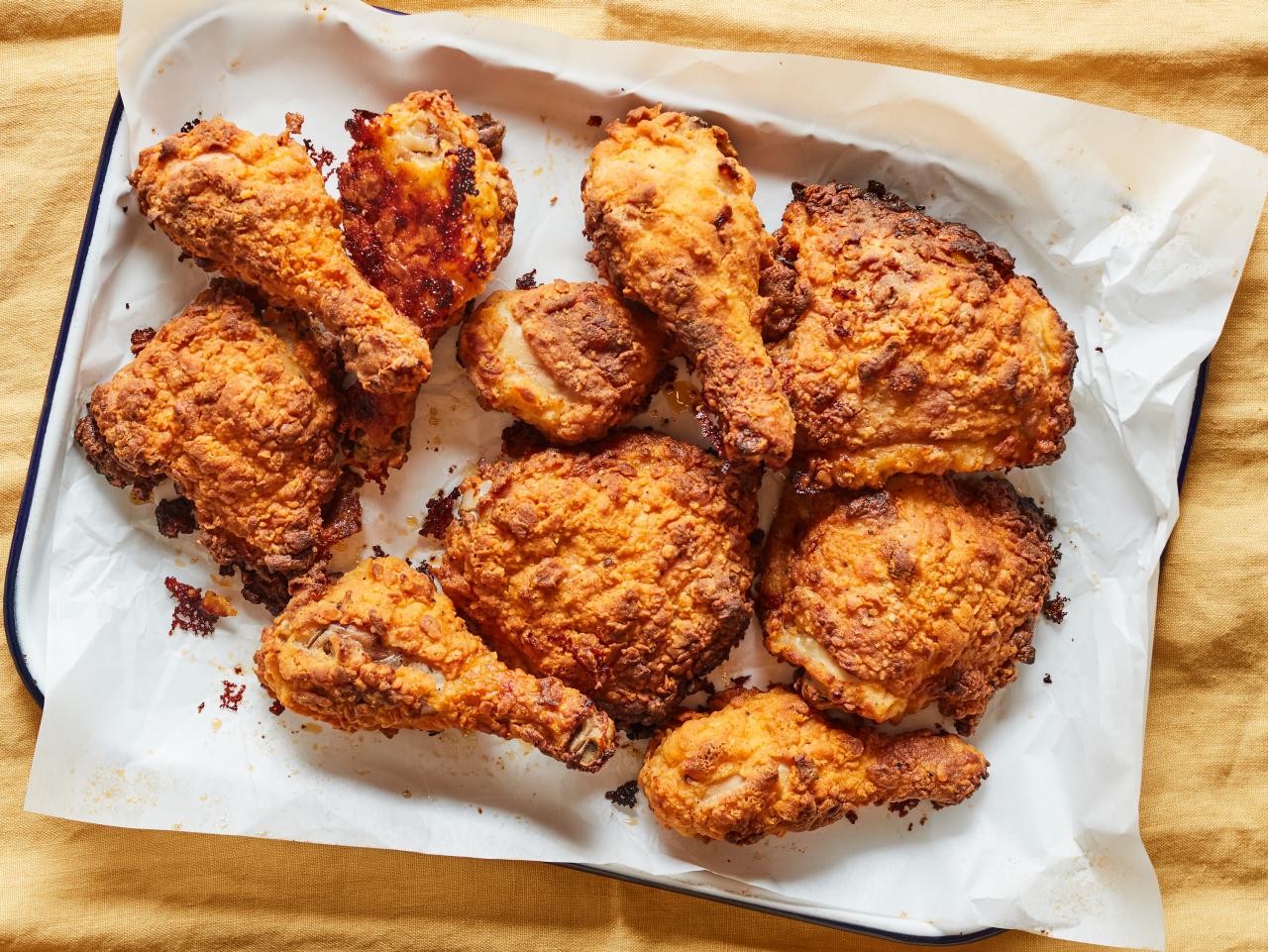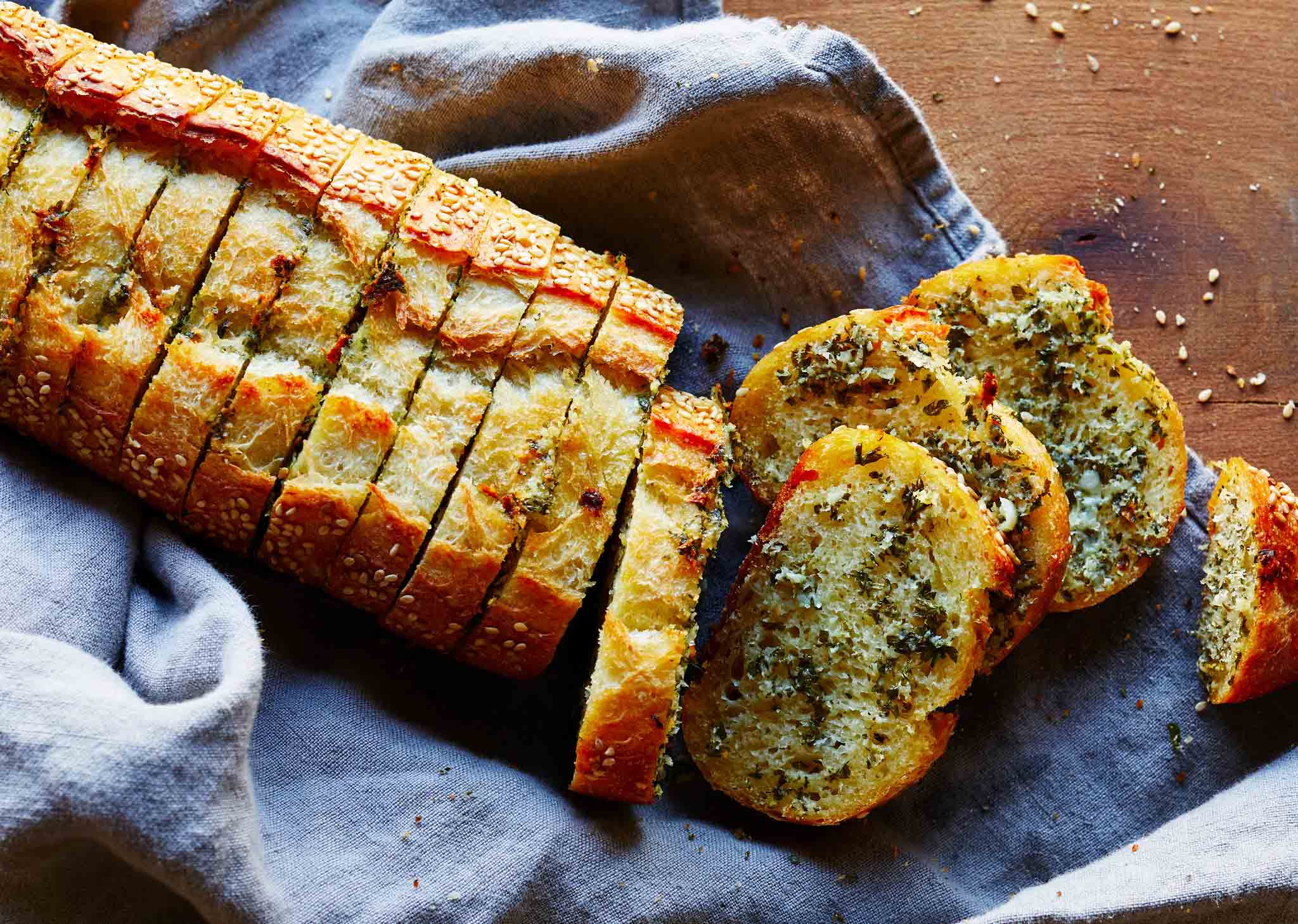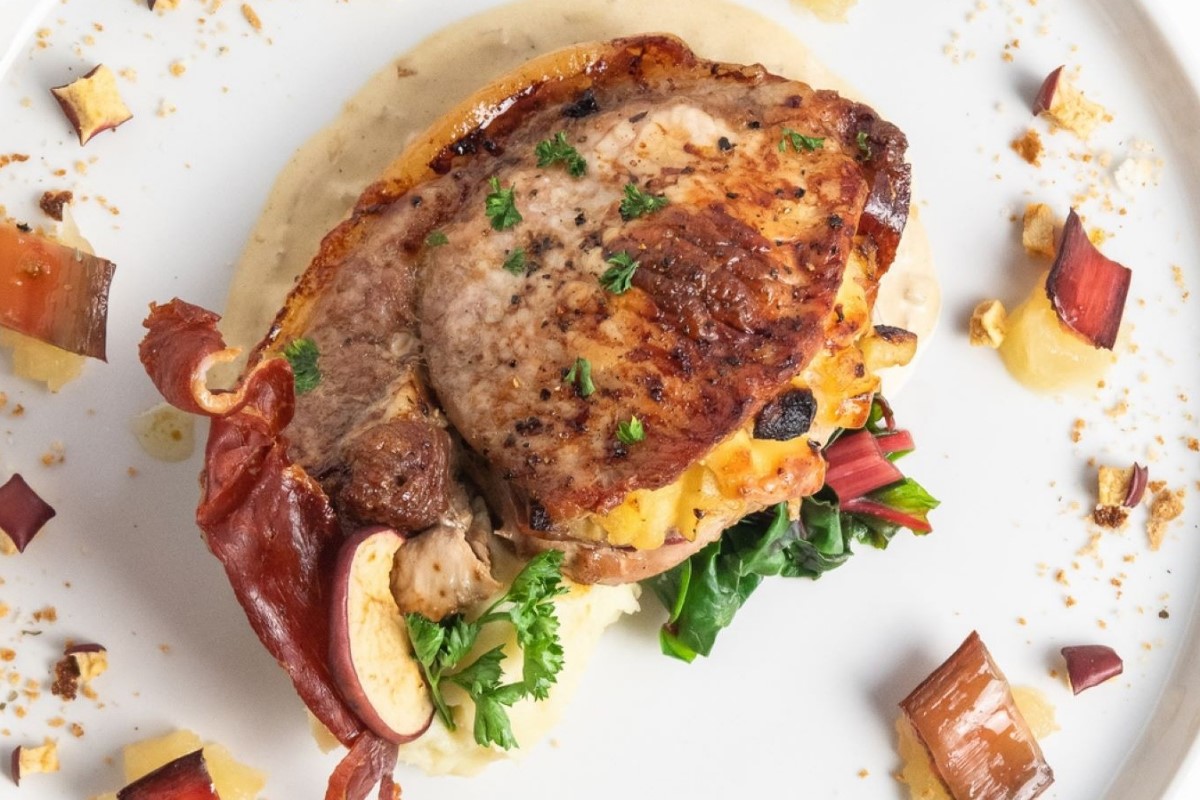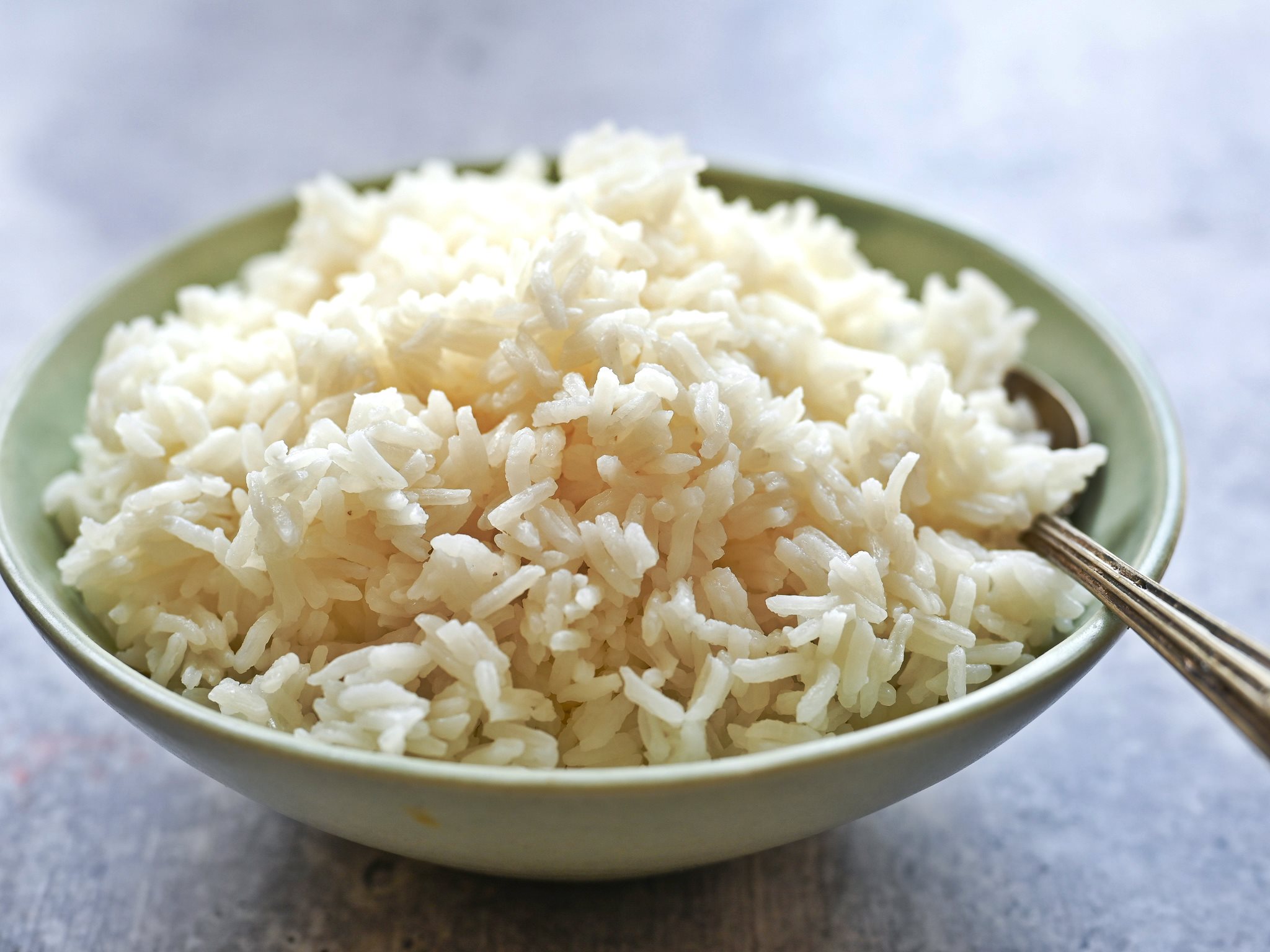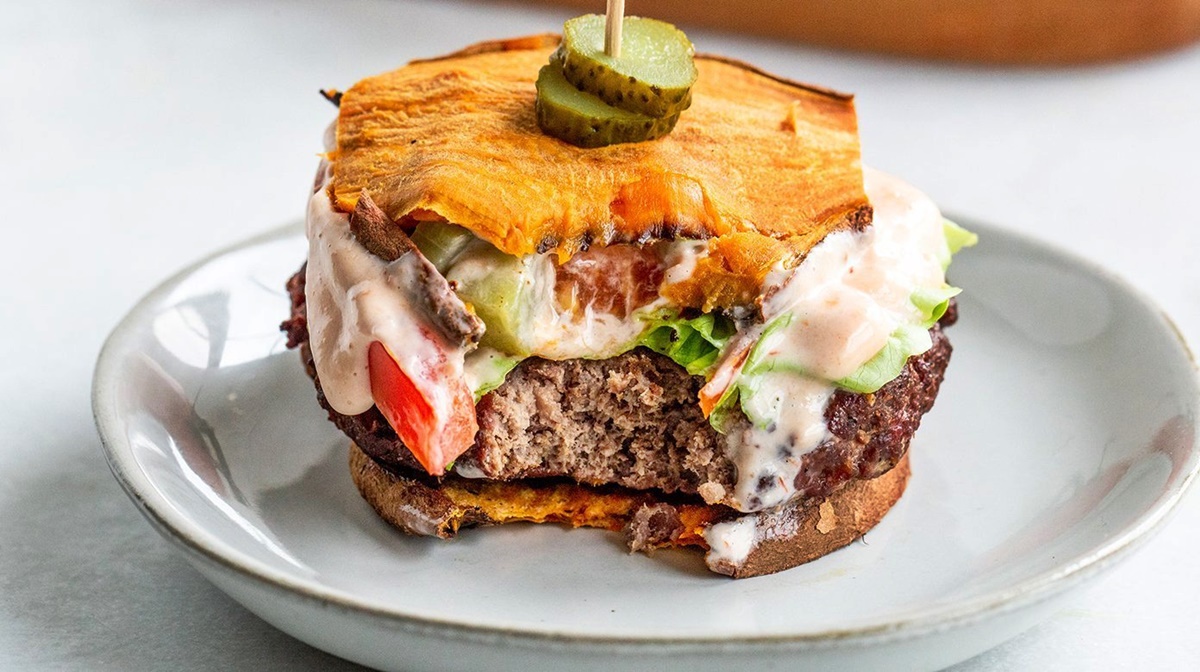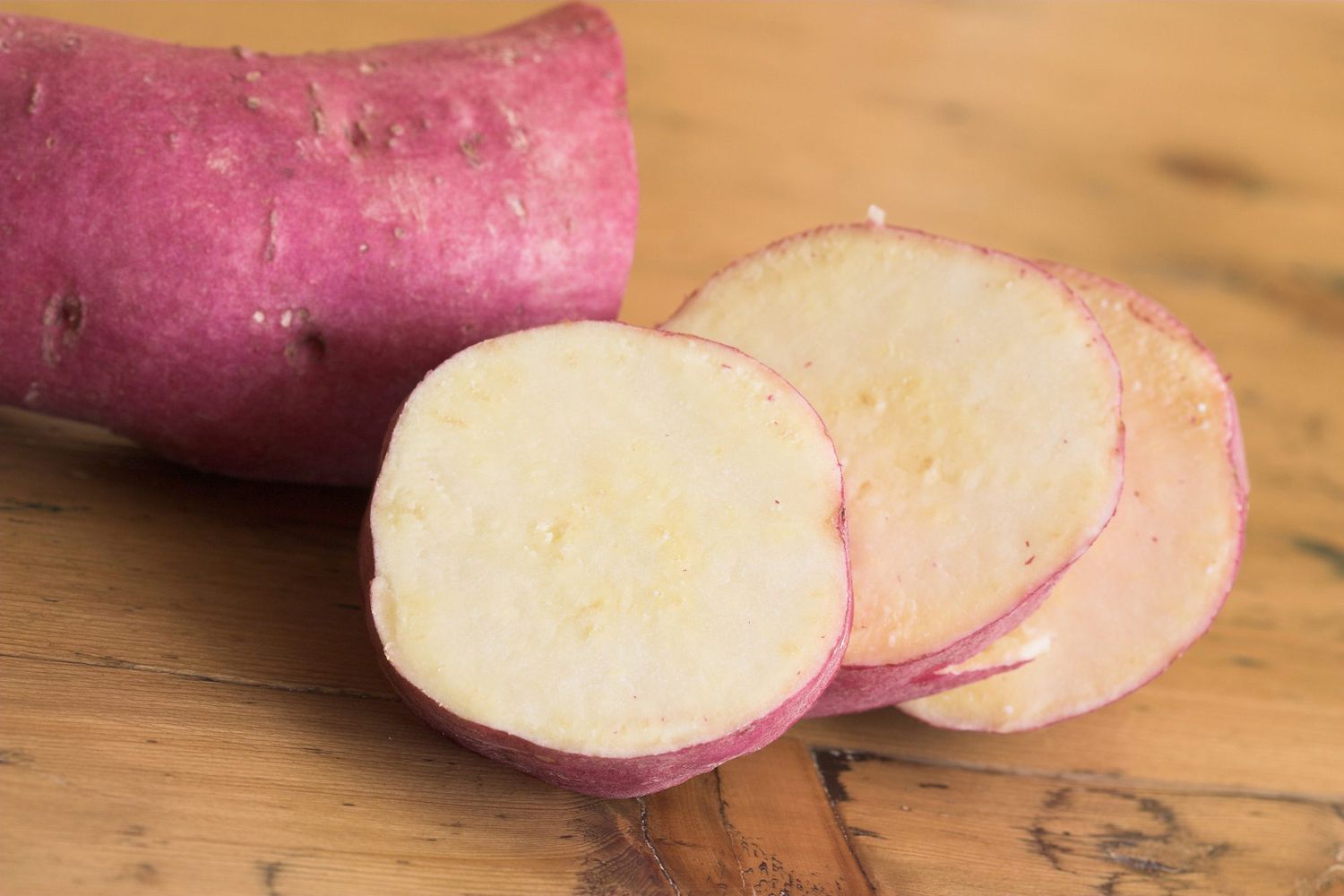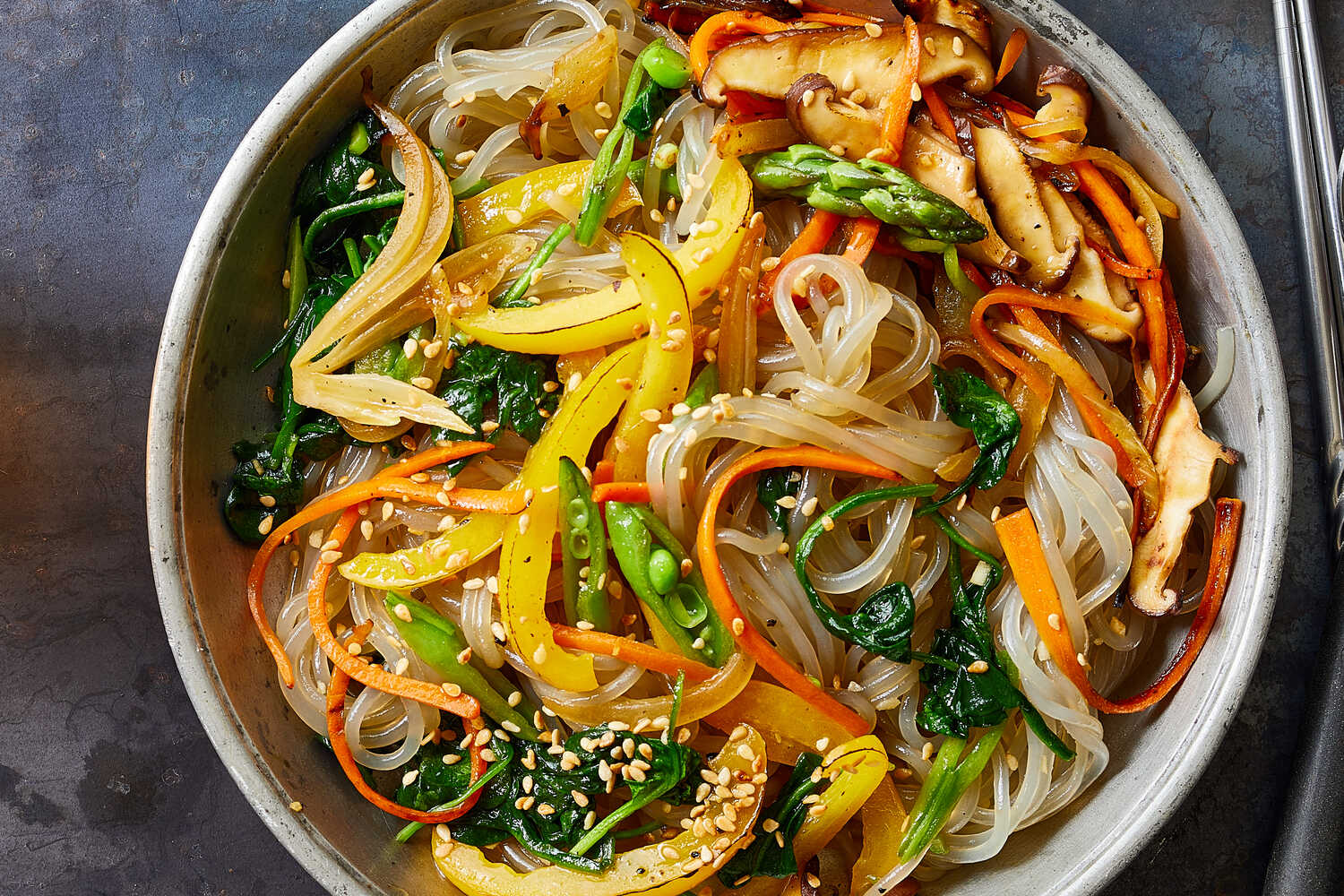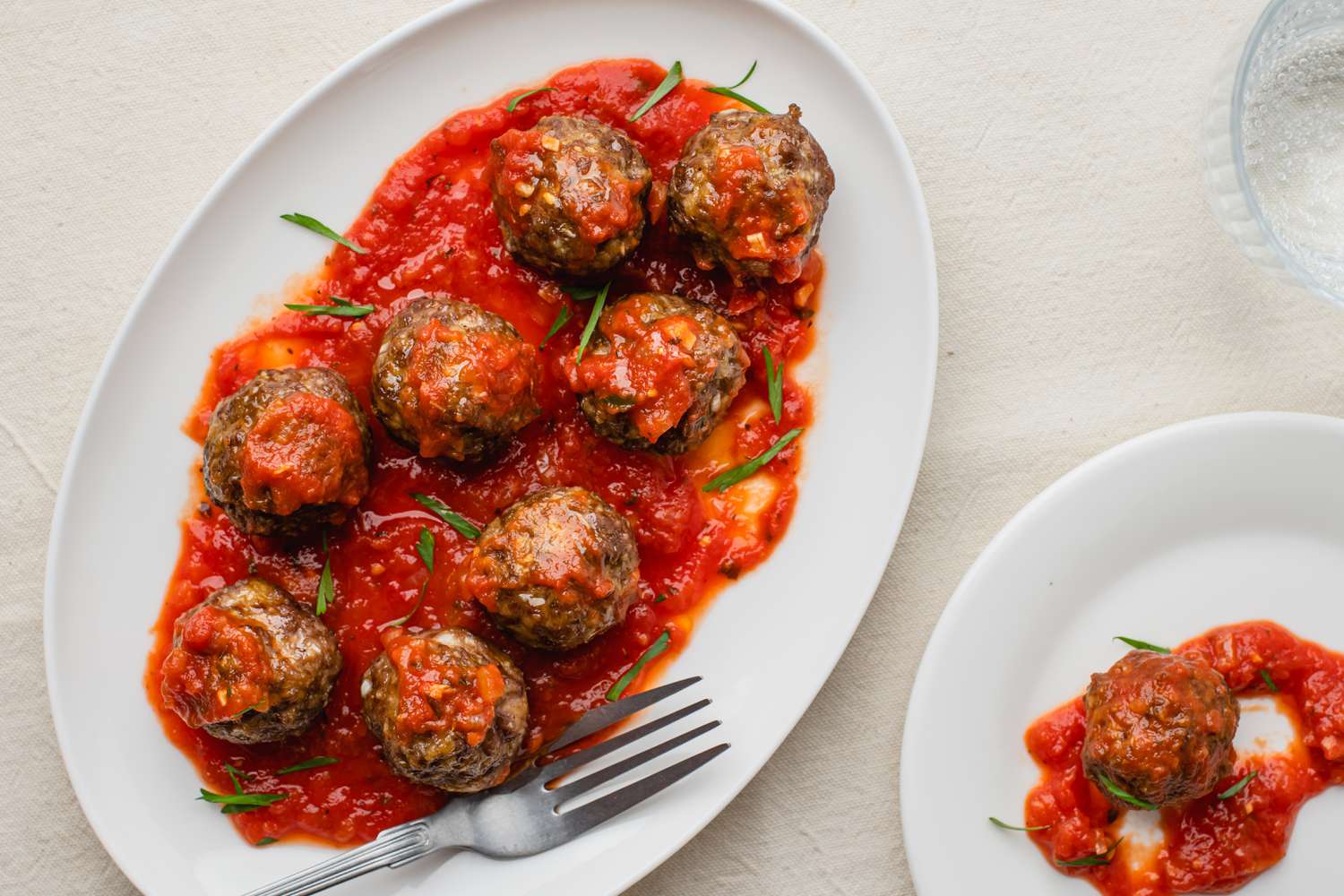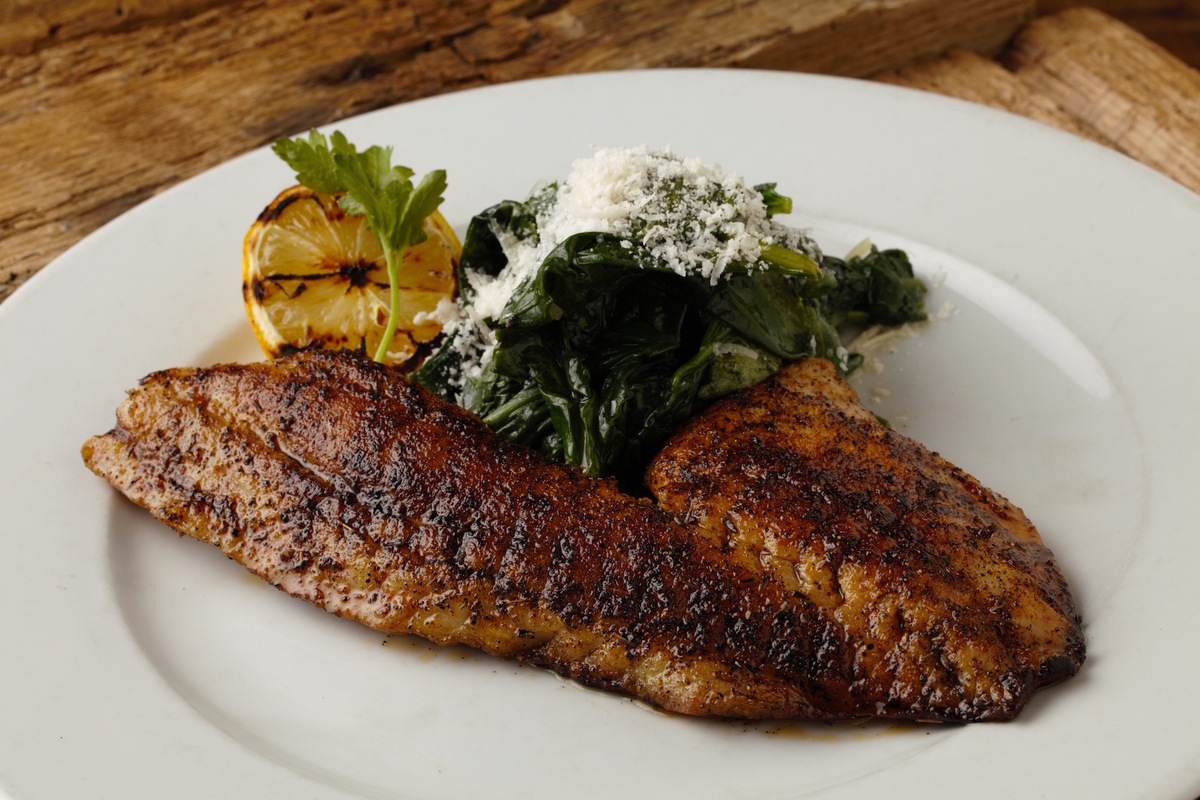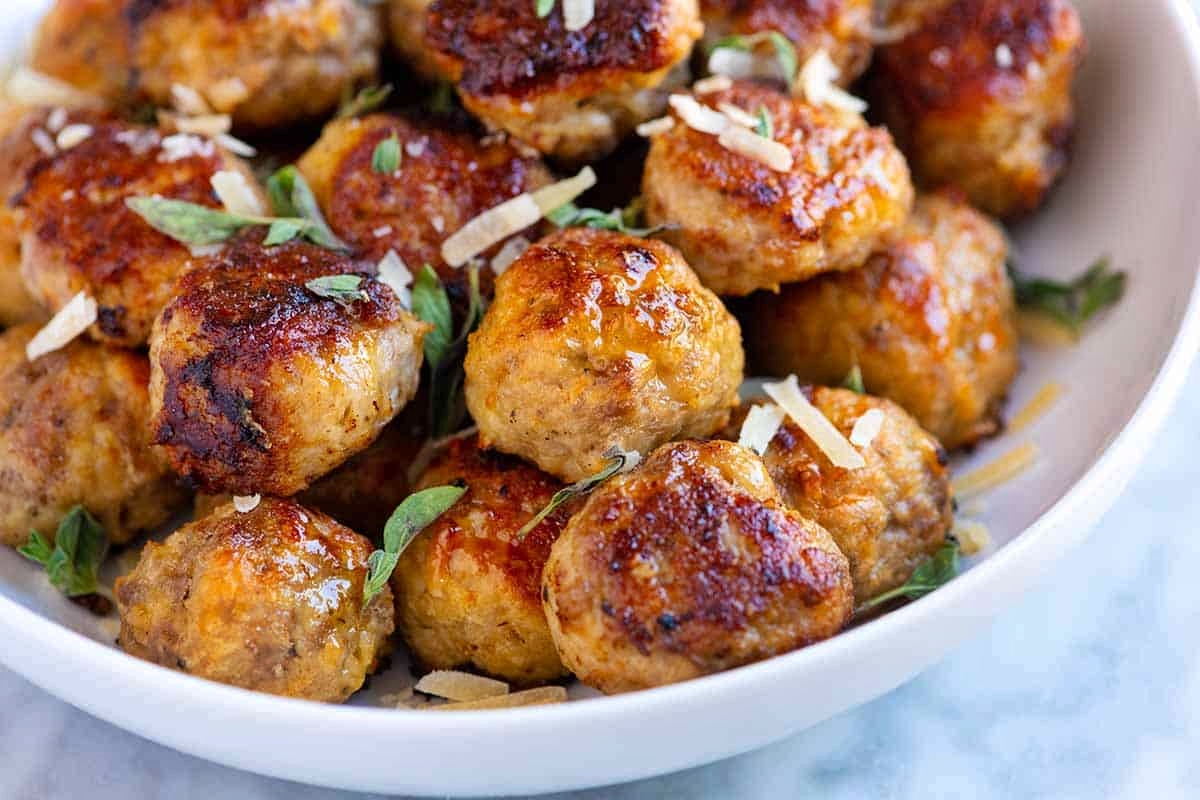Unleash the Deliciousness: Easy Tips for Cooking Perfect Pork Boneless Ribs
There’s nothing quite like sinking your teeth into tender and juicy boneless pork ribs. Whether you’re a seasoned chef or a beginner in the kitchen, mastering the art of cooking these succulent cuts of meat can elevate your culinary skills to new levels. Today, we’re here to guide you through the process of cooking pork boneless ribs from start to finish, ensuring a mouthwatering meal every time.
Choosing the Right Ribs
Before we dive into the cooking process, it’s essential to start with quality boneless pork ribs. The secret to delicious ribs lies in selecting well-marbled cuts, as the fat enhances the flavor and tenderness of the meat. Look for ribs that have good marbling and are approximately 1 to 1.5 inches thick.
Preparing the Ribs
Now that you’ve got your hands on the perfect pork boneless ribs, it’s time to prepare them for cooking. Follow these steps:
- Remove the ribs from the refrigerator and let them sit at room temperature for about 30 minutes. This allows the meat to cook more evenly.
- Pat the ribs dry using a paper towel. Removing excess moisture helps with browning and adds flavor.
- Season the ribs generously with your favorite dry rub or marinade. Consider flavors like garlic powder, smoked paprika, brown sugar, and black pepper to enhance the taste.
- Cover the ribs and let them marinate in the refrigerator for at least one hour, or overnight for more intense flavors.
Cooking Methods
There are several cooking methods you can choose from when it comes to preparing your pork boneless ribs:
- Grilling: Preheat your grill to medium heat and grill the ribs for about 4-6 minutes per side, or until they reach an internal temperature of 145°F (63°C).
- Baking: Preheat your oven to 325°F (163°C). Place the ribs on a baking sheet and roast them for 2-2.5 hours, or until tender. For a caramelized exterior, brush the ribs with your favorite barbecue sauce and broil them for a few minutes before serving.
- Slow Cooking: Set your slow cooker to low heat and cook the ribs for 6-8 hours until they become melt-in-your-mouth tender.
Tips for Flavorful Ribs
Now that you have the basics down, here are some extra tips to take your pork boneless ribs to the next level:
- Use a meat thermometer: This gadget is your best friend when it comes to cooking ribs to perfection. It ensures that the meat is cooked thoroughly and avoids the risk of under or overcooking.
- Basting: Brushing your ribs with your favorite barbecue sauce or glaze every 15 minutes during the cooking process enhances the flavor and creates a caramelized, sticky exterior.
- Resting time: Let your cooked ribs rest for about 5-10 minutes before slicing into them. This allows the juices to redistribute and results in a more tender and flavorful eating experience.
Plating and Serving
Now that your pork boneless ribs are perfectly cooked and bursting with flavor, it’s time to plate and serve your masterpiece. Consider these serving suggestions:
- Place the ribs on a platter and garnish with fresh herbs like parsley or cilantro for a pop of color.
- Serve with a side of homemade coleslaw, cornbread, or potato salad for a complete and satisfying meal.
Whether you’re cooking them on the grill, in the oven, or using a slow cooker, these tips and tricks will help you elevate your pork boneless ribs game. So, next time you have a hankering for some tender and juicy ribs, put your chef’s hat on and let your culinary skills shine.
For those eager to master the art of cooking pork boneless ribs, there are several standout recipes worth trying. The Classic BBQ Boneless Pork Ribs offer a timeless flavor that's hard to beat. For those who like a bit of heat, the Spicy Cajun Boneless Pork Ribs provide a kick that excites the taste buds. If you're in the mood for something with a touch of sweetness, the Honey Garlic Glazed Boneless Pork Ribs are a perfect choice. For a unique twist, the Hoisin Ginger Boneless Pork Ribs blend savory and sweet Asian flavors beautifully. Lastly, the Slow Cooker Pulled Pork Boneless Ribs are ideal for those who want a set-it-and-forget-it meal that's sure to impress.
Was this page helpful?
Read Next: How To Cook Perfect Spaghetti Noodles
